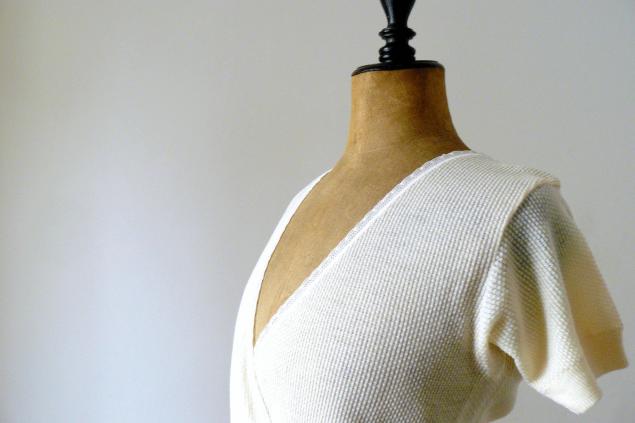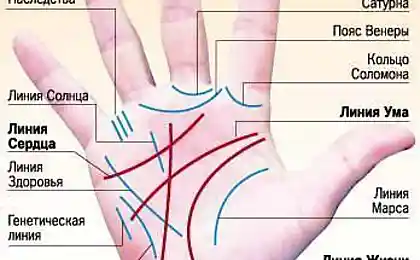468
Cotton nanotesla: fashionable and practical
With the development of technology Willy-nilly, the question arises: what will the clothes of the future and how it will differ from what we wear now? Year by year the interest to the various types of nanotextiles, fabrics and materials coated with nanoparticles, causing more and more interest. Functional clothing, as it is called, is already available on the market.

The most obvious examples are swimsuit with a compound that protects against the sun's rays or a shirt impregnated with repellent (composition, insect repellent). By the way, there are even fabric that kills germs. However, the real nanotime uses particles with a diameter less than 100 nm that are distributed inside the material. The new line of clothing Glitterati, was developed by Cornell University student Olivia Ong (Olivia Ong), is designed to help you look and feel good.

Cotton products are nanoparticles of silver and palladium, which give the clothes a modern sheen. Moreover, they are able to neutralize bacteria and viruses as well as lessen the impact of harmful components in polluted air. The most curious thing that to the touch the product is no different from ordinary cotton clothes that is not surprising, because the active particles are one-thousandth the size of cotton fiber. She worked together with the Department for the study of fibers to create a material that contains metal ions. Clothes, made of a material capable of repelling dust particles, and therefore less susceptible to contamination. Colored nanoparticles that are integrated into the fabric, do not fade over time unlike paint, keeping the rich color. The only thing that is depressing is the price.

The material for one garment medium size will cost about $10 000. However, according to scientists, it always happens in the initial stages, and the availability of such clothes to a wide range of consumers – a matter of time.
Source: /users/117

The most obvious examples are swimsuit with a compound that protects against the sun's rays or a shirt impregnated with repellent (composition, insect repellent). By the way, there are even fabric that kills germs. However, the real nanotime uses particles with a diameter less than 100 nm that are distributed inside the material. The new line of clothing Glitterati, was developed by Cornell University student Olivia Ong (Olivia Ong), is designed to help you look and feel good.

Cotton products are nanoparticles of silver and palladium, which give the clothes a modern sheen. Moreover, they are able to neutralize bacteria and viruses as well as lessen the impact of harmful components in polluted air. The most curious thing that to the touch the product is no different from ordinary cotton clothes that is not surprising, because the active particles are one-thousandth the size of cotton fiber. She worked together with the Department for the study of fibers to create a material that contains metal ions. Clothes, made of a material capable of repelling dust particles, and therefore less susceptible to contamination. Colored nanoparticles that are integrated into the fabric, do not fade over time unlike paint, keeping the rich color. The only thing that is depressing is the price.

The material for one garment medium size will cost about $10 000. However, according to scientists, it always happens in the initial stages, and the availability of such clothes to a wide range of consumers – a matter of time.
Source: /users/117























